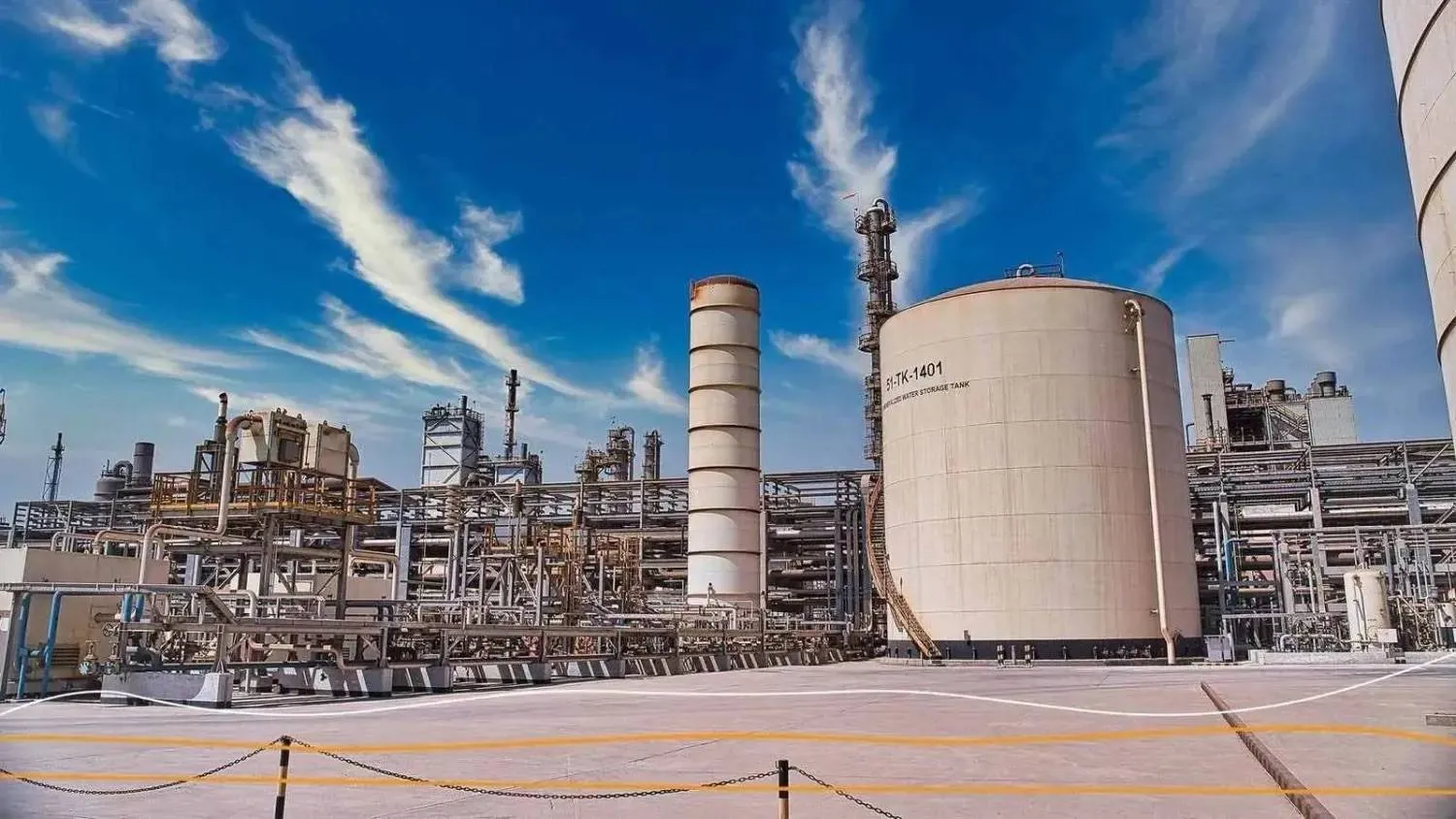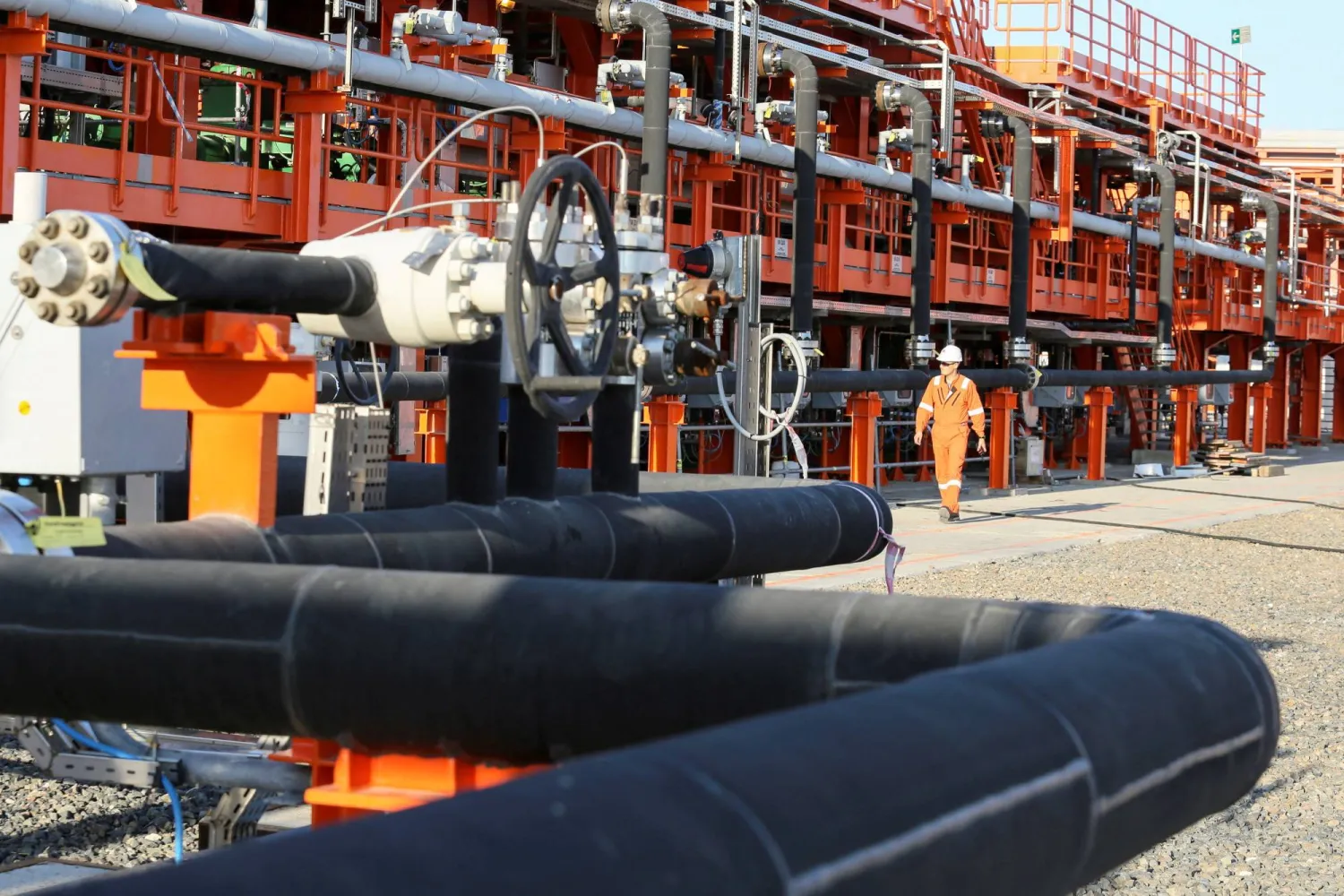Saudi Arabia’s trade balance reached a surplus of SAR41.411 billion in April 2024, which is the highest level so far this year, according to the preliminary international trade data released by the General Authority for Statistics (GASTAT) on Thursday.
The data shows a 36% monthly growth and an increase of SAR10.967 billion compared to the surplus of SAR30.443 billion posted in March of the same year. The trade balance has grown by over 48.5% since the beginning of the year, with an increase of SAR13.525 billion, as it stood at SAR27.885 billion in January.
The Kingdom's total international trade exceeded SAR162 billion, with goods exports reaching SAR101.708 billion, accounting for 63% of total trade. Goods imports reached SAR60.297 billion. Non-oil domestic exports amounted to SAR16.234 billion in April 2024, representing 16% of total exports. Oil exports amounted to SAR79.326 billion, accounting for 78% of total exports, while re-exports value reached SAR6.147 billion, representing 6% of total exports.
In April 2024, the Asian group of countries, excluding Arab and Islamic countries, topped the group of importing countries, accounting for 50.2% of the Kingdom's total goods exports, with a value of SAR51.094 billion. The European Union group of countries was second, accounting for 16.5% of total goods exports, with a value of SAR16.757 billion. The Gulf Cooperation Council (GCC) group of countries was third, accounting for 12.4% of total goods exports, with a value of SAR12.562 billion.
In terms of exports by country, China was the largest importer, accounting for 16.6% of the Kingdom's total goods exports, with a value of SAR16.925 billion in April 2024, while Japan followed with a value of SAR9.321 billion and a share of 9.2% of total goods exports. India was third as the largest importer, with a value of SAR8.250 billion and a share of 8.1% of total goods exports.
Non-oil exports, including re-exports, passed through 29 diverse customs outlets and ports (sea, land, and air), with a preliminary value of SAR22.382 billion. King Fahd Industrial Port in Jubail achieved the highest value among all available means of transport and different outlets, with a value of SAR3.594 billion, or 16.1% of the total.









